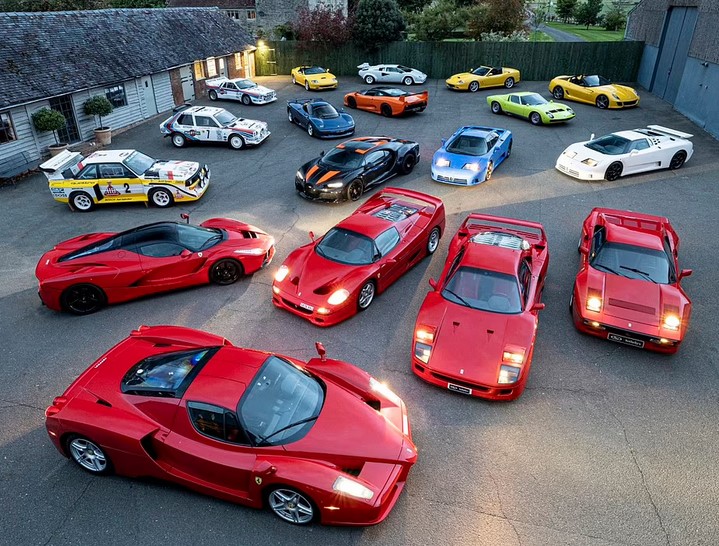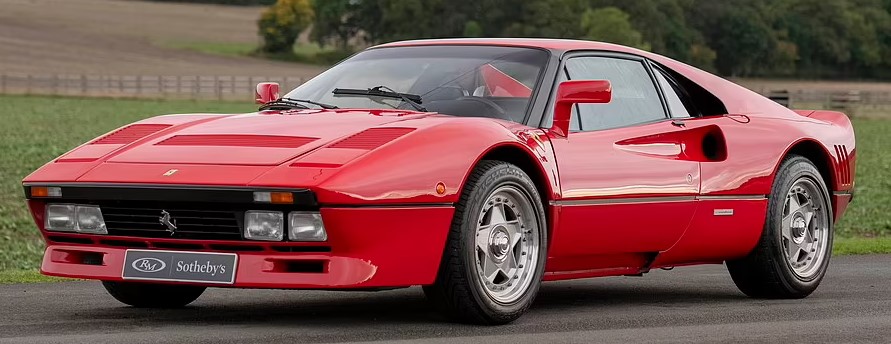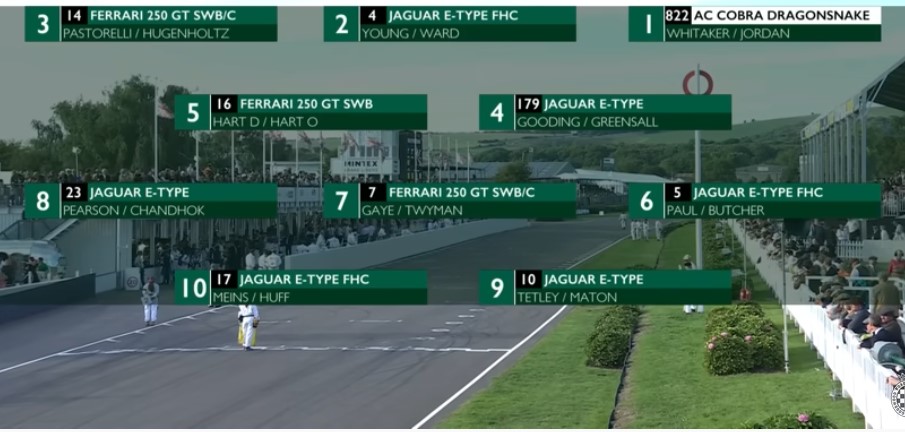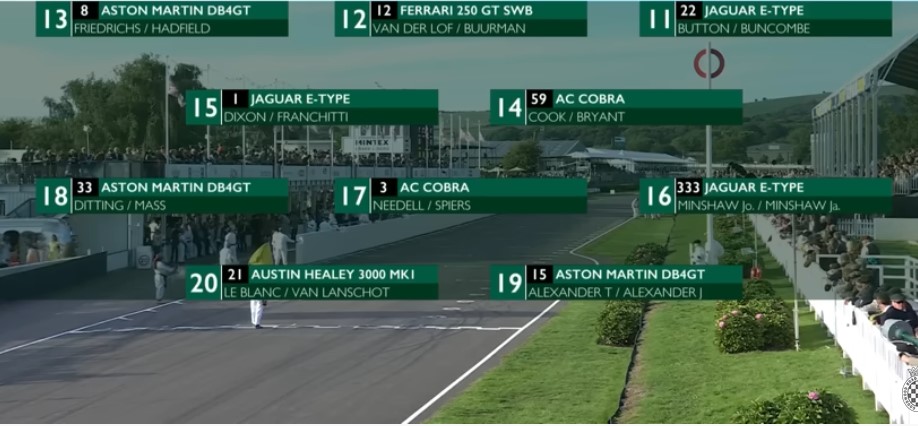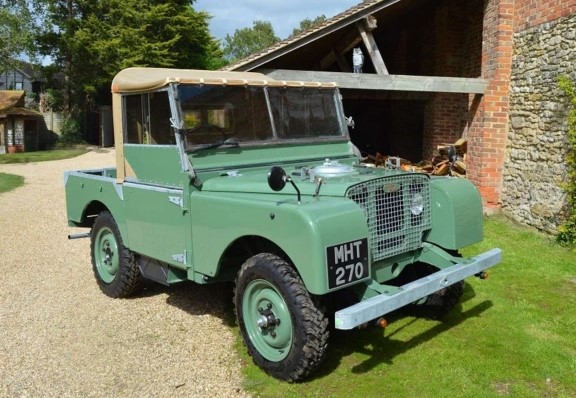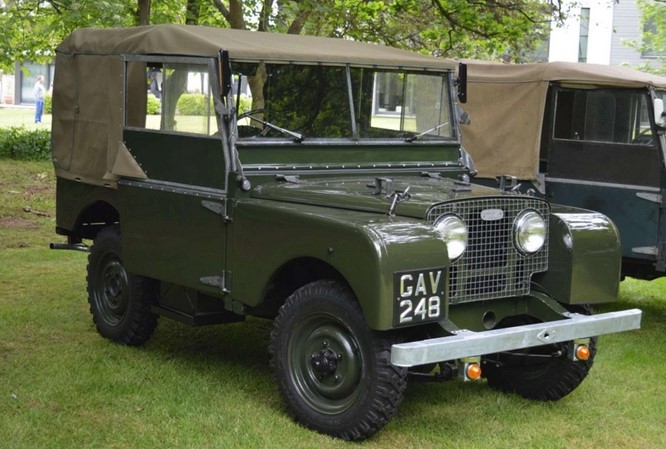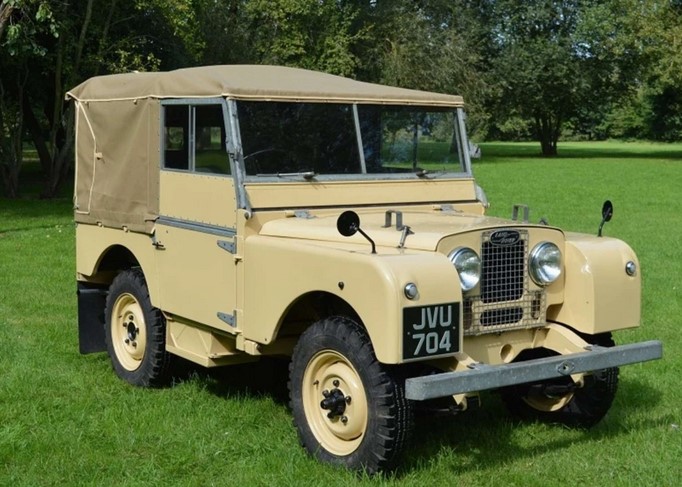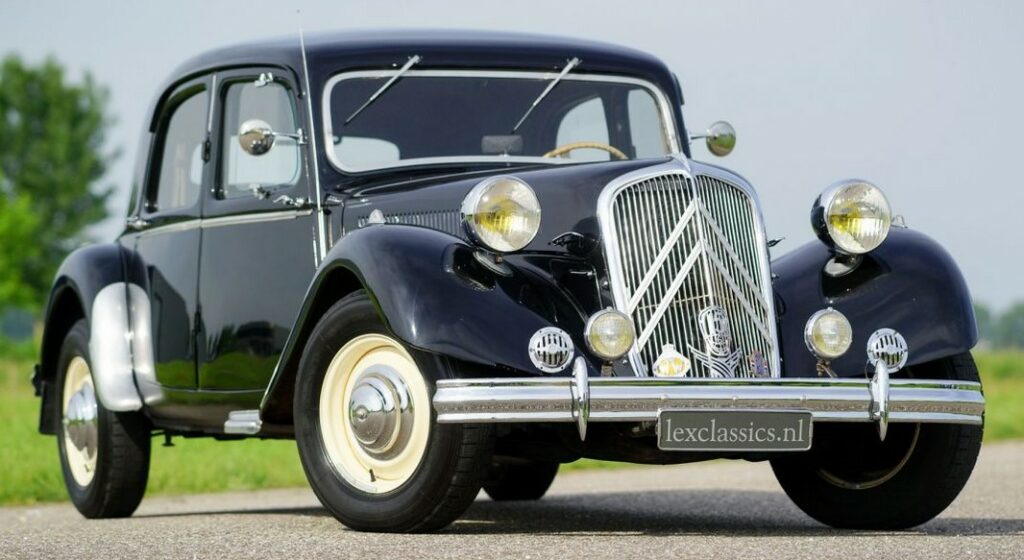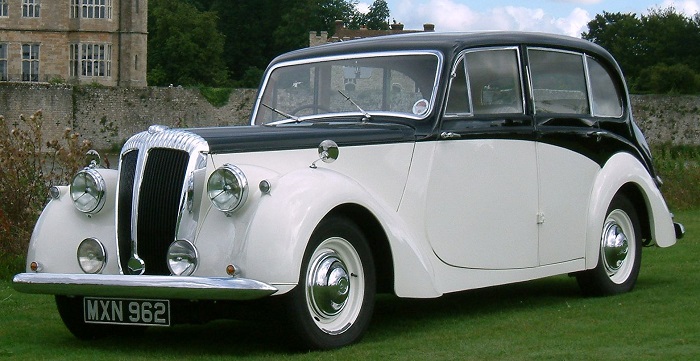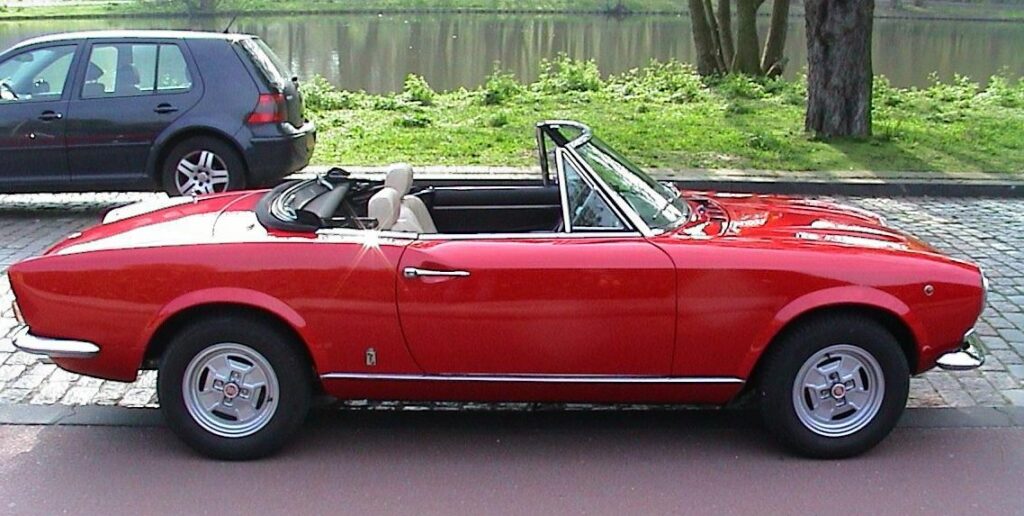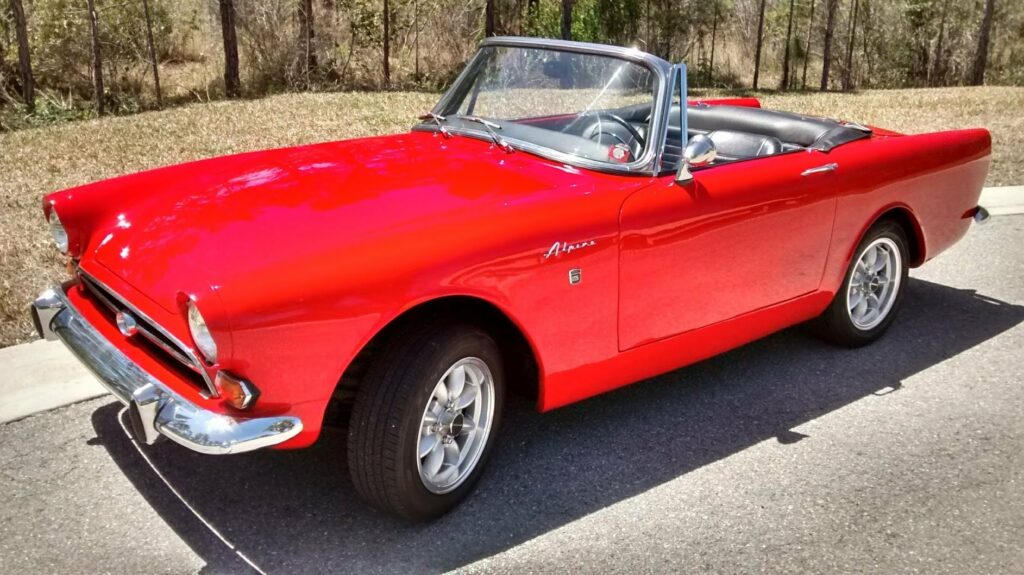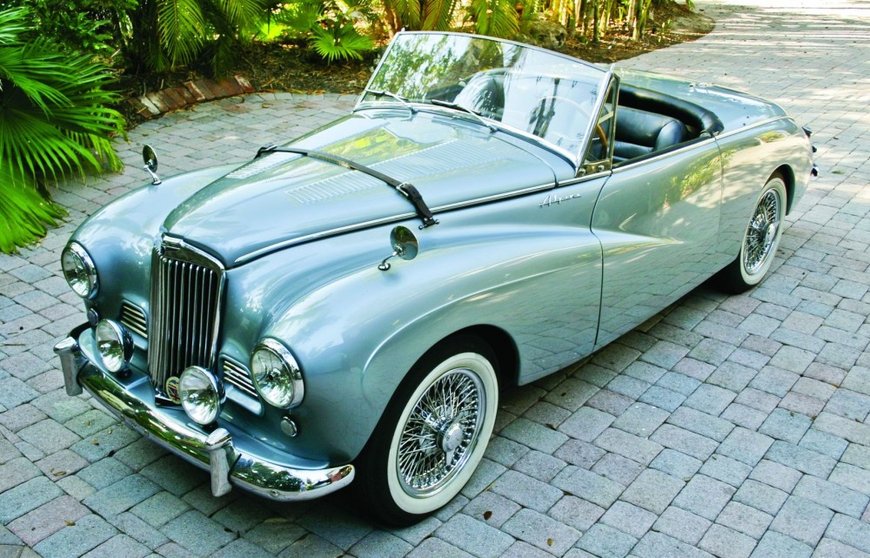From Younger Reader Daniel D:
As I have watched your frequent auto posts I notice that higher end cars, Farraris and the like, from your youth appear frequently. Many seem in immaculate condition, as I suppose anything of that value is, but it seems the same tier of cars are fairly often seen for those who travel in those circles. These are not mass-market cars like the classic Mustangs of the same era, so their continued existence despite I assume the same level of gleeful driving seems somewhat remarkable. I wonder if you have any perspective on the price at these times as it relates to spending power, as I have not seen anything other than which reflects their value as collectibles. I wonder if this tier of automobile was slightly more accessible as a doctor’s life goal type purchase as opposed to buying a house’s worth that someone else could T-bone. Were higher tier cars at a more accessible price point in the past for the merely well-to-do as opposed to only being a plaything of the rich?
It’s a really good question, with a couple of answers necessary.
Firstly, the issue of price vs. wage level, at various points in history. I often use the comparison of my own situation in the mid- to late 1970s as an example (using the SA Rand as equal to the US$ in terms of its local buying power, which it was for almost everything except gasoline/petrol). So:
- Salary at the Great Big Research Company: $400 per month
- Rent for my 1BR 1BA apartment in the heart of the city: $90 per month
- Price of a new VW Golf: $1,200
- Rickenbacker bass guitar: $1,100.
Now, the approximate sticker costs during the same time period (and in today’s dollars):
- Rolls Royce Phantom: $26,000 ($159,700)
- Dino 246 GT: $13,900 ($85,375)
- Porsche 911 S: $8,675 ($53,280)
- E-type Jag: $5,725 ($35,165)
- Chev Corvette: $5,192 ($31, 890).
I should point out that the official increase (or decrease, if you will) of the dollar’s value from say 1976 till today is about 5.21, but for automobiles, it’s about a 6.14 – 6.15 multiple.
In actual fact, given that today a Corvette actually costs about $65,000 (double the “official”) and any Ferrari or Rolls is north of a million shows you how unaffordable the upper-end cars have become.
(I remember talking to a doctor friend back in the day, and he commented that buying a Rolls in 1965 and keeping it for 20 years would actually have saved him money, compared with buying a new Merc every five years, even with the maintenance costs included.)
But let’s just stay in the 1970s for a moment, and consider my annual salary as a humble assistant statistician back then was $4,800. (It was NOT a bad clerical salary at the time.) If we take that Porsche 911 S as an example, it would have cost me about 1.8x my annual salary.
That same position’s salary in today’s dollars is probably $55,000 per annum, and a “base” 2022 Porsche 911 with only a few options will set you back about $115,000 — or about 2x the annual salary. Not too far off.
However: my rent back then constituted about 22% of my monthly salary, whereas rent for the same type of apartment today would account for almost 90% (or more, depending on the city) of my monthly salary — and assuming I moved out to the ‘burbs, it would still account for close to 50% of my nut.
So the takeaway from all this is that a “reasonable” sports car was more within the average Joe’s reach back in the 1970s, whereas those same cars are completely out of reach today.
And yes: even back then, the truly high-end cars were pretty much accessible only to the very well-to-do, as they are today. My father was an established civil engineer in the early 1970s, and the Dino would have represented 1.3x of his annual salary — and there was NO WAY he would have considered it. He chose instead a Mercedes 350SL, at 0.6x, and who would blame him?
By the way, an immaculately-restored Dino 246 GT — Ferrari’s attempt at an “entry-level” car — will now cost you from $350,000 to $stupid.
